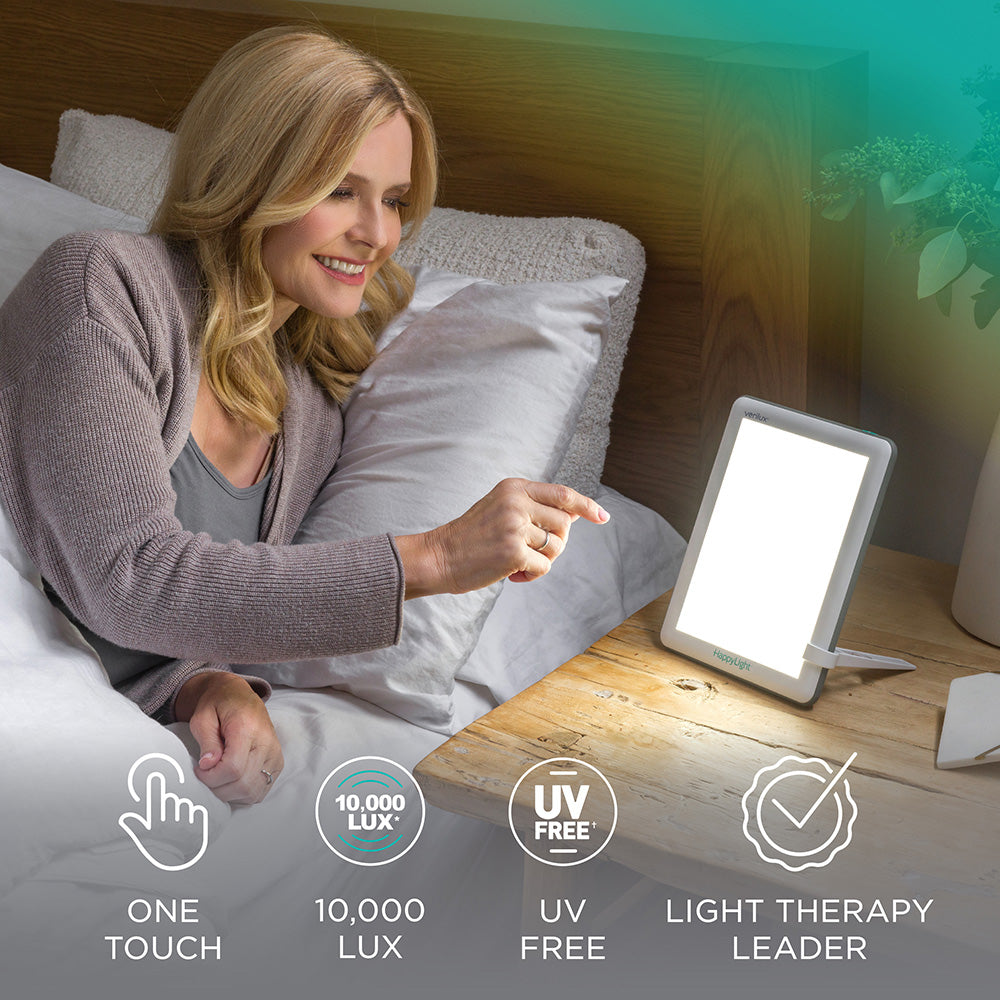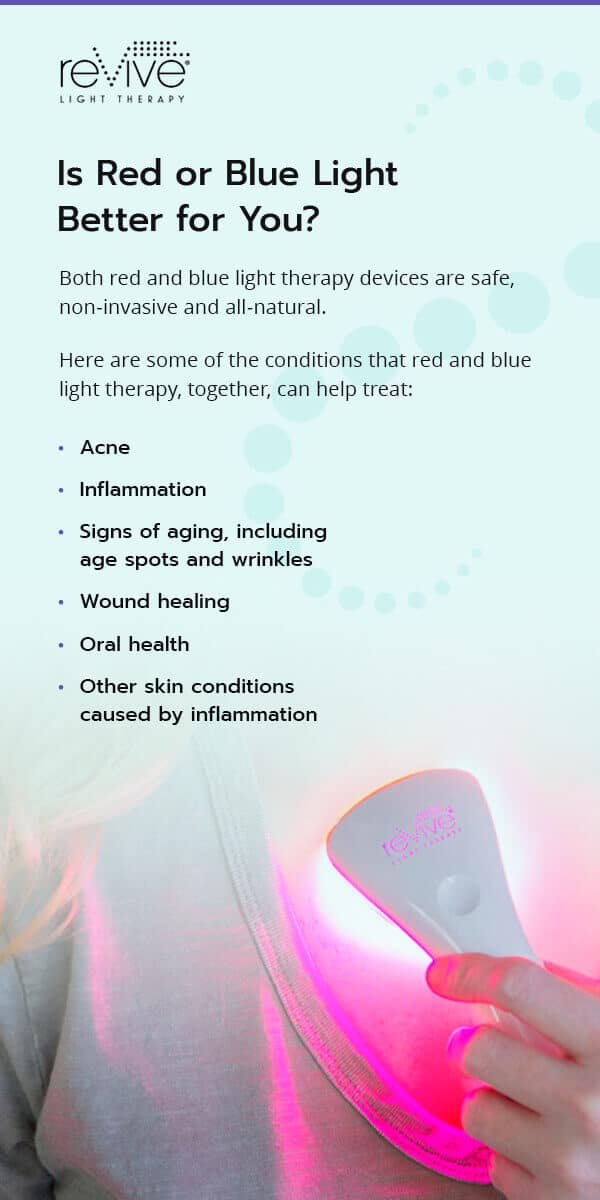Photobiomodulation Therapy: A Sign of Wish For Persistent Conditions
Wiki Article
The Function of Photobiomodulation in Physical Therapy: A Review of Current Evidence
Are you tired of standard physical treatment strategies not supplying the results you want? Look no more! In this testimonial, we dig into the interesting globe of photobiomodulation and its duty in physical treatment. Photobiomodulation, additionally known as low-level light therapy, involves making use of particular wavelengths of light to promote healing and minimize discomfort. With its non-invasive nature and marginal negative effects, photobiomodulation has acquired popularity in the field of physical therapy. This review analyzes the systems, benefits, conditions treated, efficiency, and safety of photobiomodulation. So, if you wonder about integrating this cutting-edge method right into your technique, keep reading to discover the current evidence supporting its use.
Systems of Photobiomodulation
Photobiomodulation, also known as low-level light treatment, applies its healing impacts via a selection of systems. By enhancing ATP manufacturing, photobiomodulation improves mobile function and promotes tissue repair.One more device of photobiomodulation is the modulation of swelling. This therapy has been shown to minimize the production of pro-inflammatory cytokines and increase the release of anti-inflammatory cytokines. This change in cytokine production helps to decrease inflammation in damaged cells and advertise the healing process.
Additionally, photobiomodulation has actually been located to boost the release of nitric oxide. Nitric oxide is a molecule that plays a critical function in vasodilation, or the widening of blood vessels. By increasing nitric oxide production, photobiomodulation improves blood flow to hurt tissues, providing oxygen and nutrients required for tissue fixing.
In addition, photobiomodulation has actually been shown to have analgesic results. It can prevent the transmission of discomfort signals and reduce the release of discomfort moderators, giving remedy for discomfort connected with numerous problems.
Advantages of Photobiomodulation in Physical Therapy
Experience the countless benefits of photobiomodulation in your physical treatment sessions. Photobiomodulation, likewise understood as low-level laser therapy, has been shown to have a favorable impact on various elements of physical therapy.Another advantage of photobiomodulation is its ability to enhance tissue fixing and regeneration. The light power stimulates the manufacturing of collagen, a healthy protein that plays an essential duty in injury healing and cells regeneration. This can accelerate the healing process, allowing you to recoup more promptly from surgical treatments or injuries.
Additionally, photobiomodulation has been revealed to improve array of movement and adaptability. It assists to decrease and loosen up muscle mass muscle convulsions, enabling boosted wheelchair and improved joint feature. This can be especially beneficial for people with conditions such as joint inflammation or muscle pressures.
In addition, photobiomodulation has been discovered to have a positive effect on mood and total health - photobiomodulation therapy. The release of endorphins during treatment not only assists with discomfort relief however can also promote a feeling of leisure and improved state of mind
Conditions Treated With Photobiomodulation
Deal with various conditions with the assistance of photobiomodulation in your physical treatment sessions. Photobiomodulation, additionally known as low-level laser therapy, has revealed encouraging results in the therapy of numerous musculoskeletal and neurological conditions.Along with bone and joint discomfort, photobiomodulation has also been utilized to deal with sporting activities injuries such as strains, strains, and tendonitis. By raising blood circulation and stimulating cellular task, it aids to quicken the recovery procedure and decrease recovery time. This is particularly valuable for professional athletes that need to return to their sport as quickly as possible.
Furthermore, photobiomodulation has revealed encouraging outcomes in the treatment of neurological conditions such as stroke and terrible brain injury. It has been found to promote neuroplasticity and enhance nerve regeneration, resulting in enhanced motor feature and cognitive capabilities.
It is necessary to note that while photobiomodulation has actually revealed promising lead to different conditions, it must be made use of as component of a detailed therapy strategy and under the assistance of a qualified expert. Further research is still required to fully recognize its devices of action and optimize its therapeutic effects.
Efficacy and Security of Photobiomodulation
One research study released in the Journal of Physical Therapy Science examined the use of photobiomodulation in patients with chronic reduced back pain. The outcomes showed a considerable reduction in pain strength and handicap after photobiomodulation treatment.Another research, published in the Journal of Medical and Diagnostic Research, explored the results of photobiomodulation in people with temporomandibular joint disorder. The searchings for exposed a substantial decrease in discomfort and a renovation in jaw feature adhering to photobiomodulation therapy.
Additionally, an organized testimonial released in the journal Lasers in Medical Scientific research analyzed the safety of photobiomodulation - pbm therapy. The testimonial concluded that photobiomodulation is a safe and well-tolerated therapy with very little negative results
In regards to dosimetry, another research study released in Lasers in Surgical procedure and Medicine assessed the optimum parameters for photobiomodulation treatment. The scientists found that a details variety of wavelengths, energy thickness, and therapy durations yielded the most beneficial outcomes.
Integrating Photobiomodulation Into Professional Technique
To carry out photobiomodulation into your medical method, think about the offered research study and evidence regarding its effectiveness and safety and security. Photobiomodulation, additionally called low-level laser therapy, has gotten acknowledgment as a non-invasive therapy technique for different bone and joint problems (photobiomodulation). Before incorporating it into your method, it is necessary to remain upgraded with the existing research in the areaFirstly, familiarize yourself with the various parameters of photobiomodulation, such as wavelength, power thickness, and therapy period. Recognizing these parameters will aid you customize the treatment protocols according to the particular requirements of your patients.
Furthermore, keep in mind that photobiomodulation can be made use of as an accessory therapy along with standard physical treatment treatments. It has actually revealed encouraging lead to reducing discomfort, inflammation, and promoting tissue recovery. It is critical to keep in mind that while there is expanding evidence sustaining its efficiency, photobiomodulation ought to not change conventional treatment approaches.

Lastly, think about the cost-effectiveness of integrating photobiomodulation right into your technique. While the initial investment in tools might be significant, it is essential to review the potential advantages it can offer your patients and your method in the future.
Verdict
In conclusion, the evidence evaluated sustains the duty of photobiomodulation in physical treatment. The mechanisms of photobiomodulation and its benefits have been well-documented. It has shown efficacy in dealing with numerous problems, while keeping a secure account. Incorporating photobiomodulation right into clinical practice can give added therapeutic choices for people. In general, photobiomodulation holds guarantee as a valuable tool in the field of physical therapy.
Report this wiki page